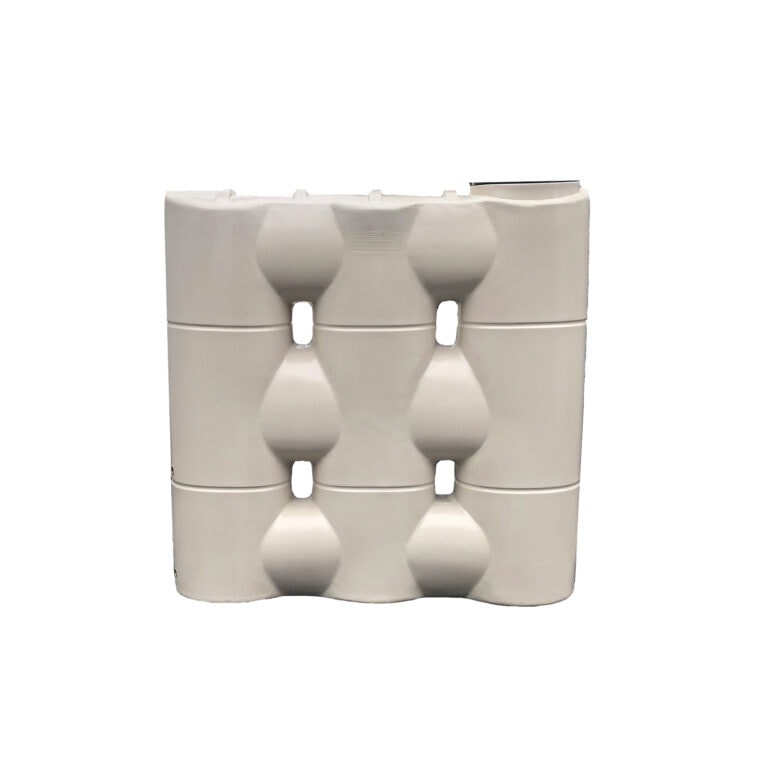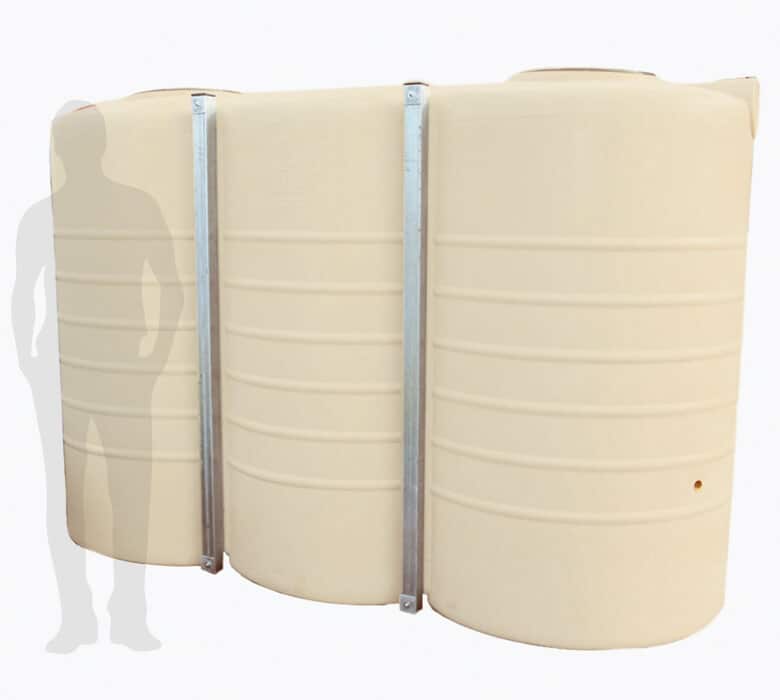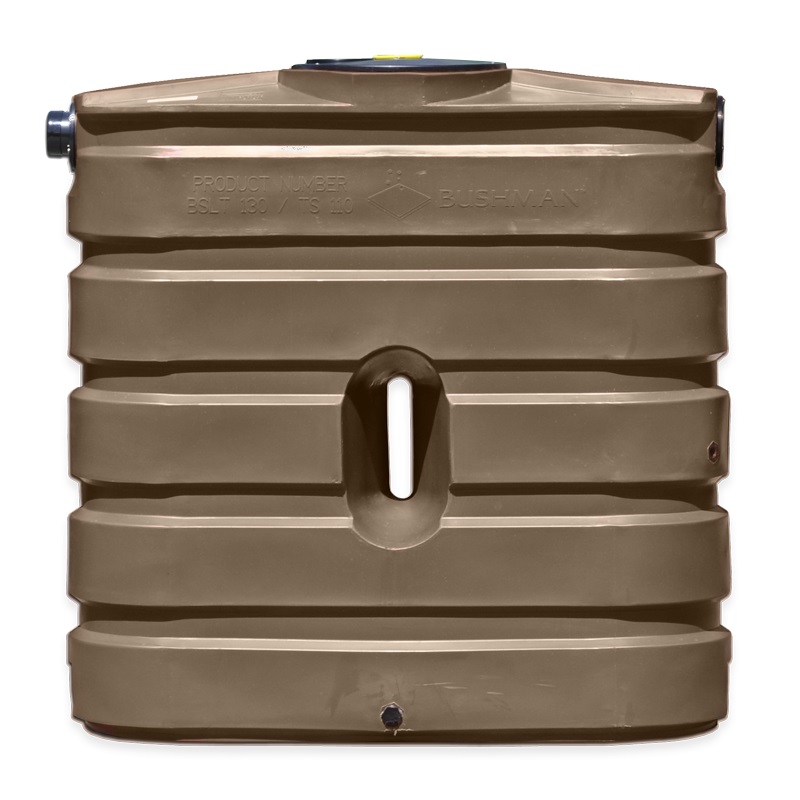Just How Slimline Water Tanks Improve Your Home's Water Efficiency
Just How Slimline Water Tanks Improve Your Home's Water Efficiency
Blog Article
Checking Out the Various Uses of Rain Tanks for Residential and Commercial Features
As the worldwide concentrate on sustainable living methods remains to intensify, the usage of rainwater tanks in both domestic and business settings has arised as an important service. These containers offer a tank for rain harvesting, offering a myriad of potential applications that prolong much past plain storage space. From watering to toilet flushing and landscaping, the adaptability of rain tanks is large. Additionally, their assimilation right into commercial buildings opens a realm of possibilities for environmentally mindful organizations. The diverse uses rainwater storage tanks present a compelling instance for their fostering, not only as a sensible water-saving action yet likewise as a testament to responsible resource administration.
Advantages of Making Use Of Rainwater Storage Tanks
Utilizing rain storage tanks provides numerous benefits for both houses and areas in regards to water conservation and sustainability. Among the crucial benefits of making use of rainwater containers is the substantial reduction in dependence on mains supply of water - Slimline water tanks. By recording and keeping rainwater for later usage, individuals and areas can decrease their need for treated water, inevitably relieving the burden on water therapy facilities and reducing power consumption related to water transport and therapy
Moreover, rain gathering with tanks gives a reputable alternate water source during times of water constraints or scarcities. This saved rainwater can be used for various non-potable purposes such as irrigation, purging toilets, and cleaning garments, minimizing the stress on conventional water resources. Furthermore, using rainwater storage tanks can lead to set you back financial savings for both households and areas by reducing water costs and reducing the need for pricey facilities developments to fulfill growing water needs.
Fundamentally, the application of rainwater containers uses a lasting and eco-friendly technique to water administration, benefiting both individual customers and the broader community in regards to water preservation, cost-efficiency, and resilience.
Rain Container Use in Irrigation
Offered the advantages of rain tanks in preserving water sources and lowering dependence on keys water supply, a substantial application lies in using saved rainwater for irrigation purposes - Slimline water tanks. Rain harvesting systems can properly collect and store rainwater, giving a sustainable water resource for watering gardens, lawns, and farming fields. By utilizing rainwater for watering, homeowner can decrease their dependence on cured water sources, bring about set you back financial savings and environmental benefits

One of the key advantages of using rainwater for watering is its purity. Rain is naturally soft and totally free from the chemicals and additives frequently found in mains water, making it excellent for beneficial plants without the threat of dangerous results. Additionally, rainwater is at ambient temperature, which can profit plant development by staying clear of temperature shocks that can accompany cold mains water.
Rainwater Tanks for Toilet Flushing

Executing rainwater containers for commode flushing is a cost-efficient and eco-friendly practice that can be conveniently integrated right into both residential and business residential or commercial properties. The kept Resources rain can be utilized to flush bathrooms by connecting the tank to the existing plumbing system. This easy yet efficient service can significantly decrease water consumption in a structure, especially in areas where water scarcity is a concern.

Including Rainwater Storage Tanks in Landscape Design
These containers can record and save rain drainage from roofings, which can after that be utilized for sprinkling gardens, lawns, and plants. By utilizing rain for watering functions, property proprietors can minimize their reliance on municipal water resources, leading to cost savings and conservation of precious water resources.
In enhancement to supplying a sustainable water source for landscape design requirements, rainwater storage tanks can also assist in handling stormwater overflow. By recording rainwater that would certainly otherwise move into tornado drains pipes, these storage tanks can alleviate erosion, lower flooding risks, and stop pollution of natural water straight from the source bodies. Integrating rain storage tanks in landscape design can contribute to the general visual allure of the building, showcasing a dedication to environmental stewardship.
Industrial Applications of Rainwater Tanks
Making use of rain containers in industrial setups supplies a lasting remedy for water monitoring and preservation, benefiting services and the environment alike. One key commercial use is for watering objectives, where collected rain can be used to water landscape design, yards, and farming fields surrounding industrial homes.
Furthermore, rainwater gathered in tanks can be dealt with and made use of for non-potable functions within commercial properties, such as flushing commodes, cleaning, and cooling down systems. Overall, the consolidation of rain tanks in business setups offers a practical and ecologically accountable approach to water management.
Conclusion
From irrigation to toilet flushing and landscape design, the use of rain containers can help save water sources and reduce water expenses. In general, the convenience and sustainability of rainwater storage tanks make them a useful financial investment for any type of property proprietor looking to enhance water efficiency.
Report this page